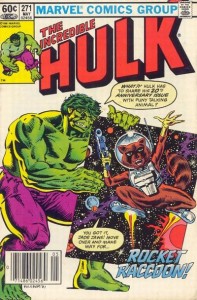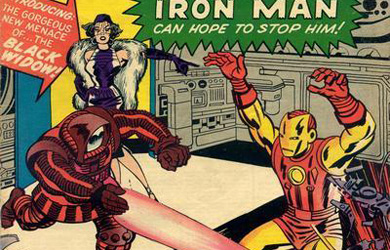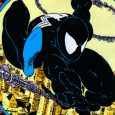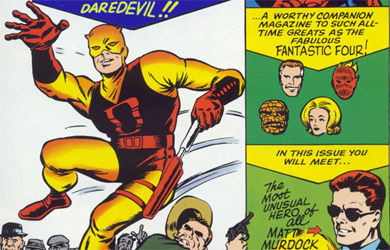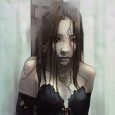Rocket Raccoon is the breakout new character of the Marvel Universe. With his starring turn in the new live-action version of Guardians of the Galaxy, he has finally moved to the front ranks of the superhero world. According to an issue of Amazing Heroes from the early 90's, his history stretches back nearly 40 years, to a high school in central New Jersey, and his rise to fame has been long and slow.

It may seem a bit odd, but this really is the cover of the 1st Appearance of Rocket Raccoon in a Marvel Publication.
The Prehistory Of Rocket Raccoon
Rocket Raccoon began like a lot of great comic book characters have, as a joke. As a bored student in New Jersey's Passaic Valley High School, future comics superstar Keith Giffen came up with the character. He was a play on a famous Beatles song, just a talking raccoon with a raygun. This was at the same time that Giffen invented Lobo, though neither character bears much resemblance to what they would become. Like many of the creations of high school, it took them a while to find their feet.
Fast forward to 1976, when Giffen was trying to make a name for himself in the comic book industry. He was paired with fellow up-and-coming writer Bill Mantlo, and Rocket Raccoon made his first professional appearance in the summer of 1976. His debut in Marvel Preview #7, part of a back-up feature called “The Sword and the Star: Witchworld,” is short and slightly befuddling.
Although he is a talking raccoon, he looks totally different than he does today. His manner of speech is completely unfamiliar, as he talks in some sort of faux English slang. His costume bears no resemblance to his modern garb. Finally, although he carries a gun, one must admit that the gun is not very big.
What's more, when he introduces himself in the story, he does not even call himself Rocket, but Rocky. In short, the attitude is there, but nothing else is the same.
The story itself is also decidedly not in the Marvel canon. The Sword and the Star is an unfinished science fiction epic that never really tied into anything, though both Mantlo and Giffen went on to work in the industry for decades. It is more closely related to the Micronauts, a classic series that Mantlo wrote that is still well-remembered by fans today, but the Micronauts are not technically inside the modern Marvel canon either.
Rocketing Into Comic Book Reality
The next appearance of Rocket Raccoon is much less obscure. In May 1982 Rocket was the special guest star of issue #271 of The Incredible Hulk, the two hundredth anniversary of the popular title. Bouncing out of a dynamic cover by frequent Giffen collaborator Al Milgrom, Rocket Raccoon makes his first appearance as we know him today: guns, attitude, and fun. The interiors were drawn by Sal Buscema, a storytelling veteran and Marvel all-star, but it was writer Bill Mantlo who finally found the character's voice.
In this issue the Hulk is mysteriously transported to Halfworld, and his adventures there are titled “Now Somewhere In The Black Holes Of Sirius Major There Lived A Young Boy Named Rocket Raccoon.” We meet Rocket Raccoon, his girlfriend Lylla, and all the inhabitants of his universe. Giffen is not credited in this issue, because it was not Marvel policy at the time to be that careful with attribution, but there are many influences at play in this comic.
In fact, another uncredited funny animal character from the Marvel Bullpen of the day makes his first unofficial appearance here. The villain of the issue, the evil talking space-rabbit Blackjack O'Hare, is obviously based on Larry Hama's famous Bucky O'Hare, although Bucky himself would not make his first comics appearance for another two years.
